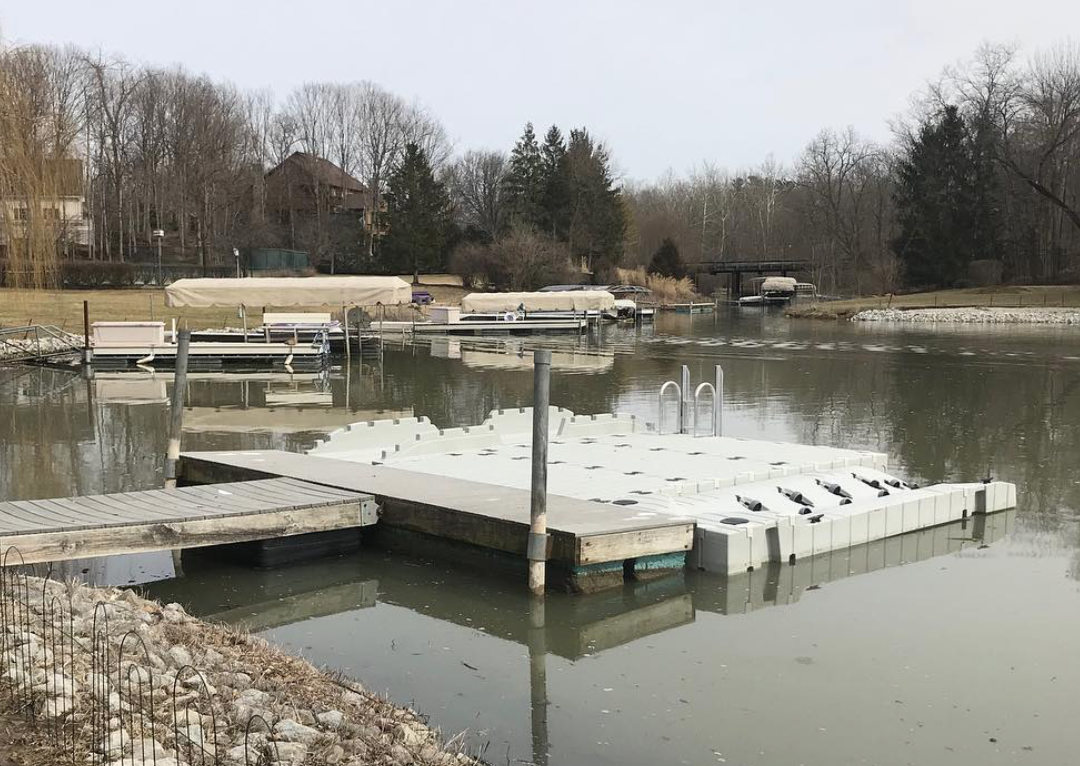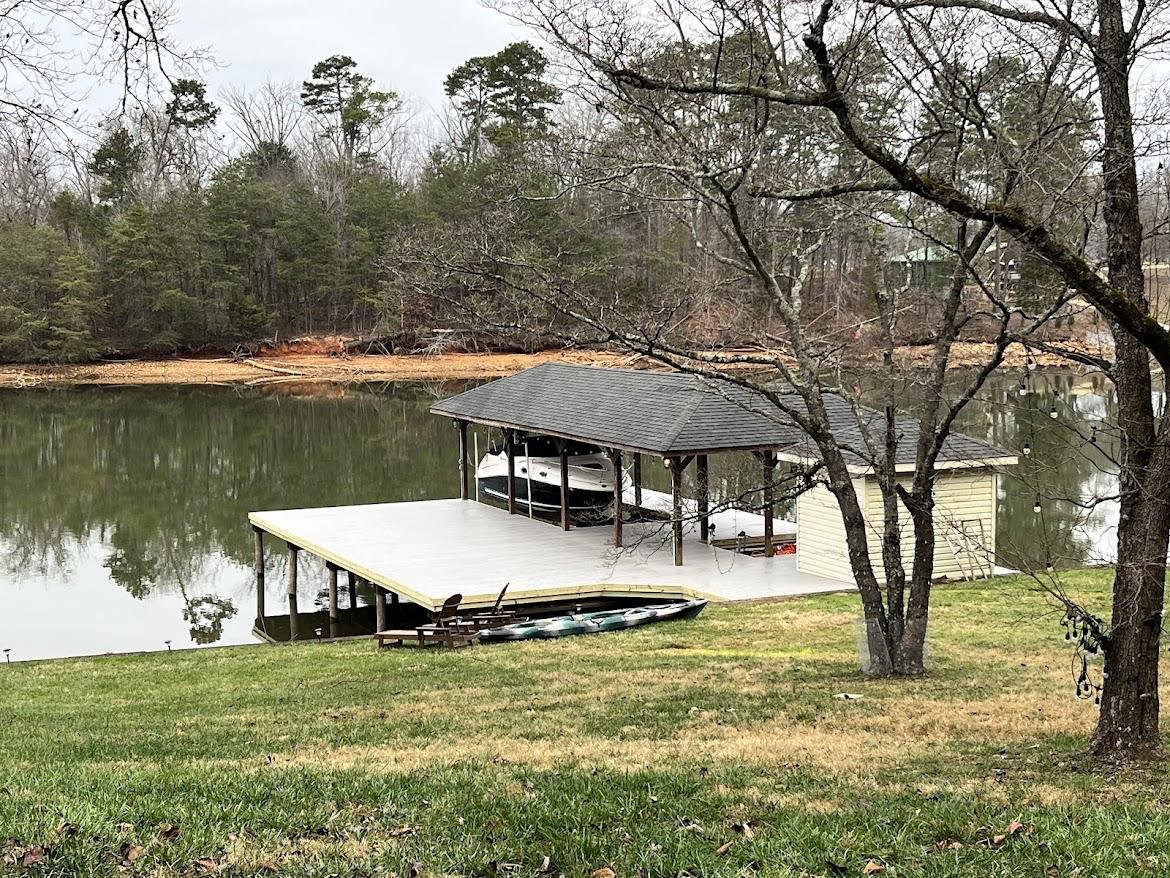How to Choose the Right Solution for Your Dock Repairs
Wiki Article
Effective Dock Fixing Techniques: Making Sure Structural Integrity
Guaranteeing the architectural stability of docks via effective repair work strategies is vital for the longevity and safety and security of marine facilities. Ultimately, choosing the appropriate repair products, such as corrosion-resistant alloys and composite materials, is critical for sturdiness.Examining Dock Damage
Examining dock damages is a crucial initial step in ensuring the architectural stability and security of any docking facility. This initial analysis includes a detailed assessment to recognize both visible and concealed problems. Trick elements to take a look at consist of the dock's structure, pilings, decking, and equipment. Each part has to be inspected for indicators of wear, rot, rust, or other types of degradation that might compromise the architectural integrity.Structural engineers or certified inspectors normally perform these analyses utilizing specialized methods and tools. For instance, underwater evaluations may use finder equipment or remotely operated cars (ROVs) to detect submerged damages. Over water, aesthetic assessments are matched by utilizing dampness meters and other analysis devices to uncover underlying problems not instantly noticeable to the naked eye.

Finding Fixing Products
Selecting the ideal fixing products is an essential action in the dock restoration procedure, one that straight affects the long life and performance of the repaired structure. Material selection must be driven by elements such as environmental problems, load-bearing needs, and compatibility with existing dock parts. Wood is a conventional selection for anchors due to its all-natural strength and visual appeal. Picking the right kind of timber, such as pressure-treated lumber or naturally rot-resistant varieties like cedar or teak wood, is crucial to stand up to aquatic atmospheres.Along with wood, composite products are significantly preferred as a result of their sturdiness and low maintenance requirements. Composites, usually made from a mix of plastic and wood fibers, use outstanding resistance to rot, pests, and UV damage. For steel anchors, selecting corrosion-resistant alloys such as galvanized steel or marine-grade light weight aluminum is important to avoid corrosion and ensure structural honesty in saline water conditions.
Epoxy materials and marine-grade sealers are essential for repairing fractures and securing joints, giving a waterproof barrier and enhancing the dock's overall strength. By diligently picking top quality materials, dock repairs can accomplish long-lasting results, thereby securing versus future degradation and ensuring secure, trusted use.
Structural Support Strategies
Reliable architectural reinforcement methods are critical in making sure the stability and long life of dock fixings. One basic approach involves making use of steel or composite support bars (rebar) within concrete structures. Rebar provides extra tensile strength, preventing cracks and dispersing tons extra equally. This method is specifically reliable for anchors revealed to hefty tons or extreme ecological problems.Another crucial strategy is the application of fiber-reinforced polymers (FRP) These products provide high strength-to-weight ratios and exceptional resistance to rust, making them ideal for reinforcing wooden or concrete anchors. FRP can be applied in sheets or strips and adhered with epoxy materials to boost structural honesty.
Bracing and securing systems additionally play a critical function in structural support. Cross-bracing, best site making use of steel or wooden beams, can neutralize side forces, lowering guiding and movement. Anchoring systems, such as helical piers or driven piles, give a steady structure by moving lots to deeper, extra steady dirt layers.
Finally, the integration of load-distribution plates can assist distribute weight extra equally throughout the dock's surface, alleviating localized stress points. These strategies jointly guarantee that anchors stay safe and durable, efficient in holding up against the roughness of their operational environment.
Advanced Repair Service Techniques

Another advanced strategy entails underwater welding, which allows for repairs to be conducted without the requirement to dewater the area. This method is specifically advantageous for dealing with structural issues in immersed dock parts, ensuring very little disruption to procedures. Boosted welding techniques, paired with robot systems, supply precision and dependability, thereby expanding the life expectancy of the dock.
Additionally, cathodic defense systems are implemented to prevent corrosion in metallic dock frameworks. By using sacrificial anodes or pleased existing systems, these methods efficiently mitigate the electrochemical procedures that bring about material deterioration.
Lastly, progressed monitoring innovations, such as structural health monitoring (SHM) systems, offer real-time data on the problem of dock structures. These systems enable aggressive upkeep and prompt treatments, eventually guaranteeing the long-lasting architectural honesty of the dock.
Maintenance and Prevention
Upkeep and prevention are essential principles that underpin the durability and security of dock frameworks. Regular assessments are vital, permitting for very early detection of deterioration, prospective weaknesses, and environmental influences. A positive approach, including regular look for rust, rot, and architectural shifts, reduces pricey repair work and extends the dock's functional life.Preventive actions must consist of applying safety layers to steel elements to guard against rust and using cured timber to withstand decay. In addition, making sure proper drainage and ventilation can prevent water build-up, which is an usual reason for structural degradation. Including quality products and sticking to supplier standards throughout building and Continue fixing stages additionally play essential roles in enhancing sturdiness.

Educating personnel in dock upkeep best methods guarantees consistent application of preventative measures. Leveraging technological developments, such as drones for examinations and sensors for real-time surveillance, can better boost upkeep efforts. By focusing on upkeep and avoidance, dock proprietors can make sure structural honesty, operational safety, and economical monitoring over the dock's life expectancy.
Verdict
In conclusion, maintaining the structural stability of aquatic facilities necessitates detailed dock repair service techniques. Advanced fixing methods, coupled with routine upkeep practices, make sure the dock remains functional and safe under diverse environmental problems.Making sure the architectural integrity of anchors with reliable repair service strategies is vital for the durability and safety of marine facilities.Choosing the ideal fixing materials is an essential action in the dock remediation procedure, one that directly influences the durability and efficiency of the repaired structure.Efficient architectural support strategies are crucial in ensuring the stability and durability of dock repair services. By focusing on maintenance and avoidance, dock proprietors can guarantee structural honesty, operational safety, and affordable management over the dock's life expectancy.
In verdict, maintaining the structural stability of aquatic centers demands thorough dock repair methods.
Report this wiki page